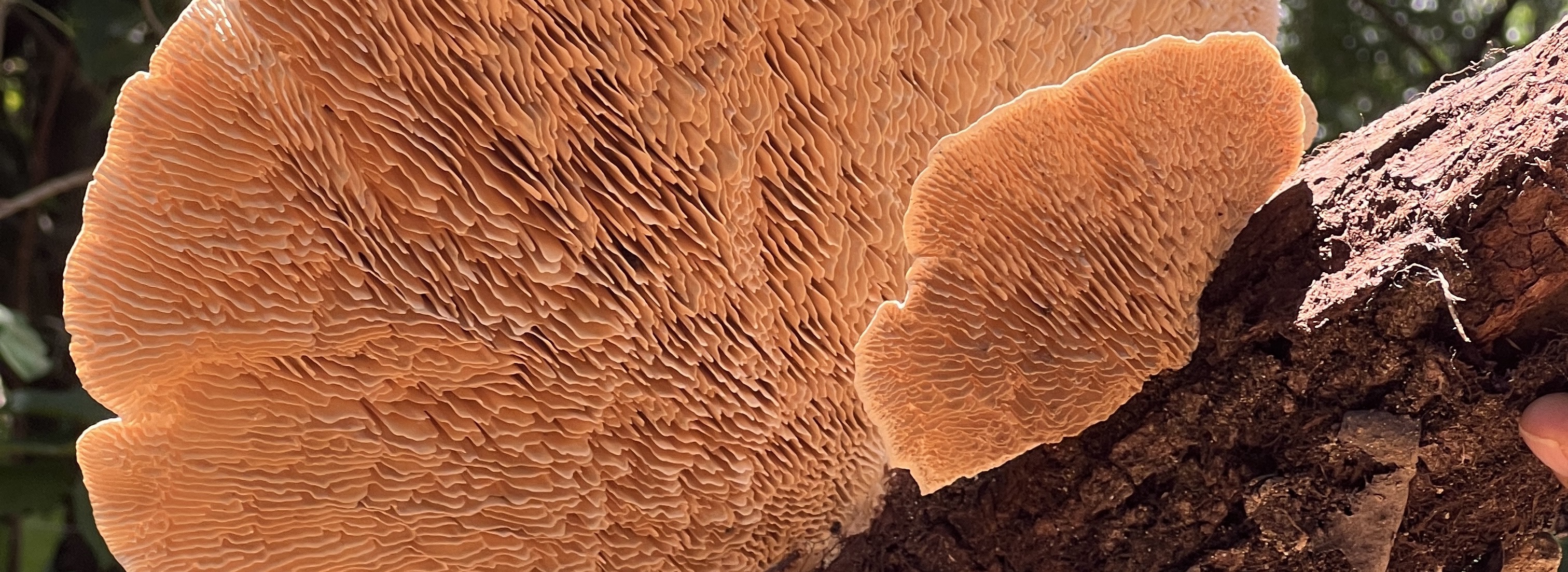
Monteverde Institute: Tropical Ecology and Conservation
Alternative Title
Preferencia del murciélago nectarívoro (Anoura geoffroyi, Glossophaga soricina y Hylonycteris underwoodi) por la calidad del nectar
Files
Download Full Text (405 KB)
Publication Date
May 2011
Abstract
In pollination mutualisms, plants offer rewards for pollen delivery. In the case of nectarivorous bats, the reward is food, and in order to maximize net energy gain, bats need to forage optimally. Presumably, nectar offering a more balanced diet would allow the bat more time to forage at flowers. To see if bats prefer nectars of higher quality, 24 individuals comprising three species of nectarivorous bats were presented with a variety of solutions of variable sugar type and amount, with and without additional nutrients, like proteins and amino acids. Preference was determined by number of visits to each solution type and the amount (ml) consumed. This study took place in a flight cage at The Bat Jungle of Monteverde, Costa Rica, using Anoura geoffroyi(N=17), Glossophaga soricina(N=3), and Hylonycteris underwoodi(N=4). For all five experiments, there was statistical preference for sugar solutions without other added nutrients (chi-squared goodness-of-fit test, df=1, P<0.05). These results suggest that bats have not evolved to detect or prefer more balanced nectar. Thus, they must augment nectar-based diets with insects or other food items. Perhaps the cost is sufficiently low that this can be done with little compromise.
Resumen
En los mutualismos de polinización, las plantas ofrecen recompensa por el transporte del polen, en el caso de los murciélagos nectarívoros, la recompensa es el alimento, y para maximizar la energía ganada, los murciélagos necesitan forrajear óptimamente. Presumiblemente, si el néctar ofreciera una dieta más balanceada podría permitir al murciélago más tiempo para forrajear en las flores. Para determinar si los murciélagos prefieren el néctar de alta calidad, 24 individuos de tres especies diferentes de murciélagos nectarívoros fueron expuestos a soluciones con diferentes tipos, y cantidades de azúcar, con y sin nutrientes adicionales, como las proteínas y los aminoácidos. La preferencia fue determinada por el número de visitas a cada solución visitada y la cantidad (ml) consumida. Este estudio se llevó a cabo en una jaula de vuelo en el museo de murciélagos en Monteverde, Costa Rica, usando Anoura geoffroyi (N=17), Glossophaga soricina (N=3), and Hylonycteris underwoodi (N=4). Para los cinco experimentos, existe una diferencia significativa sobre la preferencia por las soluciones de azúcar sin ningún nutriente añadido (chi-squared goodness-of-fit test, df=1, P<0.05). Estos resultados sugieren que los murciélagos no han evolucionado para preferir el néctar más balanceado. Por lo tanto, ellos complementan su dieta con insectos u otros alimentos. Sin embargo el costo es suficientemente bajo que esto se podría hacer con poco compromiso.
Keywords
Bats--Behavior, Nectaries, Pollination, CIEE Spring 2011
Palabras claves
Murciélagos--Comportamiento, Nectarios, Polinización, CIEE Primavera 2011
Extent
7 pages
Geographic Location
Monteverde (Puntarenas, Costa Rica)
Holding Location
Monteverde Institute
Language
English; Spanish
Media Type
Articles
Format
Digital Only
Identifier
M39-00245
Type
Book
Recommended Citation
Parsell, Madeleine, "Nectarivorous bat (Anoura geoffroyi, Glossophaga soricina and Hylonycteris underwoodi) preference for nectar quality, May 2011" (2011). Monteverde Institute: Tropical Ecology and Conservation. 337.
https://digitalcommons.usf.edu/tropical_ecology/337


